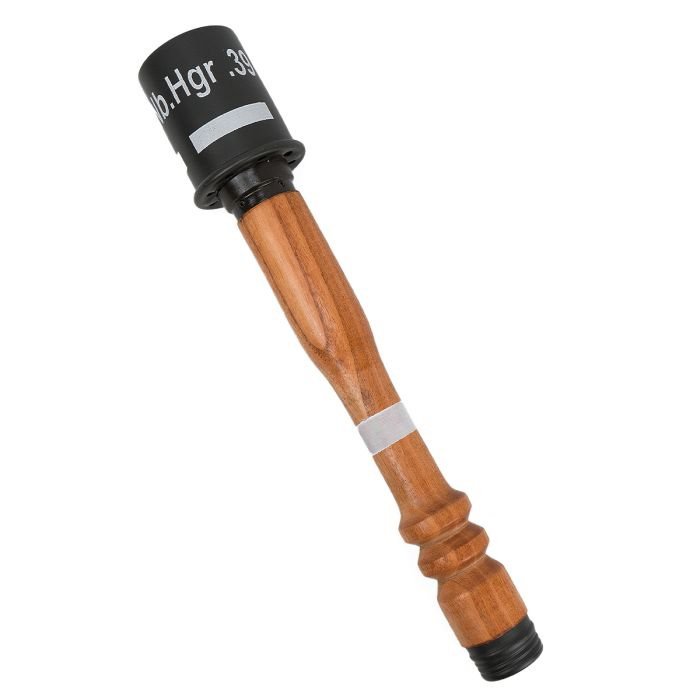Smoke Grenade: Tactical Concealment and Signaling
The smoke grenade is an essential tool in military operations, offering tactical concealment and effective signaling. This versatile device has been used extensively since World War II, providing critical advantages on the battlefield and in various tactical scenarios.
Design and Functionality
Smoke grenades are cylindrical devices typically filled with a smoke-producing compound. When activated, they emit a thick cloud of smoke, which can be used to obscure vision, conceal troop movements, or mark locations. The smoke can come in various colors, each serving a specific purpose. For instance, white smoke is often used for concealment, while colored smoke, such as red or green, is used for signaling or marking positions.
Tactical Concealment
One of the primary uses of smoke grenades is to provide tactical concealment. The dense smoke screen created by the grenade can obscure the enemy’s line of sight, allowing troops to move, reposition, or retreat without being seen. This is particularly useful in urban combat, open-field maneuvers, and amphibious landings. The temporary cover provided by the smoke can mean the difference between success and failure in critical operations.
Effective Signaling
Smoke grenades are also invaluable for signaling purposes. The vibrant colors produced by some smoke grenades can be seen from great distances, making them ideal for marking positions, signaling for extraction, or coordinating troop movements. In situations where radio communication might be compromised, smoke signals offer a reliable alternative.
Versatility and Reliability
The smoke grenade’s versatility and reliability make it a staple in military arsenals worldwide. It is also used by law enforcement and emergency services for crowd control, search and rescue operations, and training exercises.
The smoke grenade, with its dual capabilities of tactical concealment and signaling, remains an indispensable tool in modern military and tactical operations. Its effectiveness in various scenarios highlights its importance in ensuring mission success and enhancing operational safety.

 Sports And Recreation Equipments
Sports And Recreation Equipments Cricket Equipments & Gears
Cricket Equipments & Gears Chess Board
Chess Board Medieval Lifestyle & Collections
Medieval Lifestyle & Collections Viking Drinking Horn, Mug & Tankard
Viking Drinking Horn, Mug & Tankard Historical & Medieval Reproduction
Historical & Medieval Reproduction Historical & Medieval Helmets
Historical & Medieval Helmets Historical & Medieval Shields
Historical & Medieval Shields Chest Plate Armor
Chest Plate Armor Full Suit of Armor
Full Suit of Armor Larp Costume & Ren Faire Clothing
Larp Costume & Ren Faire Clothing Foam LARP Weapons
Foam LARP Weapons Leather Breastplate
Leather Breastplate LARP Belts & Tesset
LARP Belts & Tesset Chainmail
Chainmail Leather Goods And Accessories
Leather Goods And Accessories Leather Essential
Leather Essential Medieval Weaponry: Artifacts of History
Medieval Weaponry: Artifacts of History Medieval Mace & Flail
Medieval Mace & Flail Medieval Axe
Medieval Axe Historical And Medieval Swords
Historical And Medieval Swords Walking Sticks
Walking Sticks Vintage Collection
Vintage Collection Nautical and Maritime Collection
Nautical and Maritime Collection WW1 And WW2 collectable & Reproduction
WW1 And WW2 collectable & Reproduction Wooden Display Stands Holder
Wooden Display Stands Holder
















Reviews
There are no reviews yet.